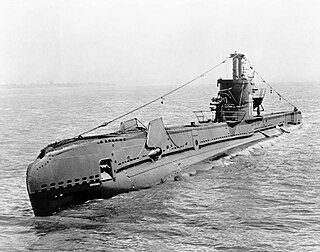Related Research Articles
Ten ships of the Royal Navy have been named HMS Hermes, after Hermes, the messenger god of Greek mythology, while another was planned:
Nine ships of the Royal Navy have borne the name HMS Albion after Albion, an archaic name for Great Britain:
Eight ships of the Royal Navy have been named HMS Dryad, after the tree nymphs of Greek mythology.
Sixteen different ships of the British Royal Navy have been named HMS Greyhound, after the greyhound, a breed of dog notable for its speed.
Five ships of the Royal Navy have been named HMS Halcyon. The term Halcyon originates from the Greek myth of Alcyone and means golden or marked by peace and prosperity.
Sixteen ships of the Royal Navy have been named HMS Mermaid after the mermaid:
Thirteen ships of the British Royal Navy have been named HMS Surprise or HMS Surprize, including:

The S-class submarines of the Royal Navy were originally designed and built during the modernisation of the submarine force in the early 1930s to meet the need for smaller boats to patrol the restricted waters of the North Sea and the Mediterranean Sea, replacing the British H-class submarines. As part of the major naval construction for the Royal Navy during the Second World War, the S class became the single largest group of submarines ever built for the Royal Navy. A total of 62 were constructed over a period of 15 years, with fifty of the "improved" S class being launched between 1940 and 1945.
HMS Waterwitch has been the name of several Royal Navy vessels:
Three ships of the Royal Navy have borne the name HMS Zealous, whilst another had been planned, but was cancelled.
Ten ships of the Royal Navy have borne the name HMS Alarm, whilst another was planned but later cancelled:
Five ships of the Royal Navy have borne the name HMS Duchess:
No ships of the Royal Navy directly bore the name HMS Elphinstone. However there were three ships named Elphinstone of the East India Company and the Royal Indian Marine which had close associations with the Royal Navy. They are named after Lord Elphinstone.
Eleven ships and a shore establishment of the Royal Navy have borne the name HMS Cormorant, after the seabird, the cormorant:
Two ships of the Royal Navy have been called HMS Sabine after the ancient Italian tribe:

Several Royal Navy ships have borne the name HMS Proserpine:
Several ships that have served the Royal Navy have borne the name HMS Madras for Madras:
Several ships of the Royal Navy have borne the name HMS Watchful:
Four ships of the Royal Navy have been named HMS Tourmaline:
Ten vessels of the Royal Navy have been named HMS Nightingale after the common nightingale:
References
- Colledge, J. J.; Warlow, Ben (2006) [1969]. Ships of the Royal Navy: The Complete Record of all Fighting Ships of the Royal Navy (Rev. ed.). London: Chatham Publishing. ISBN 978-1-86176-281-8.